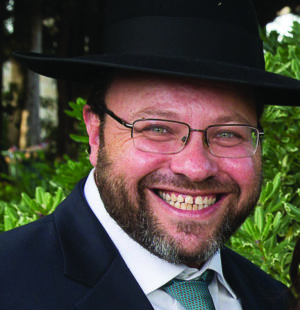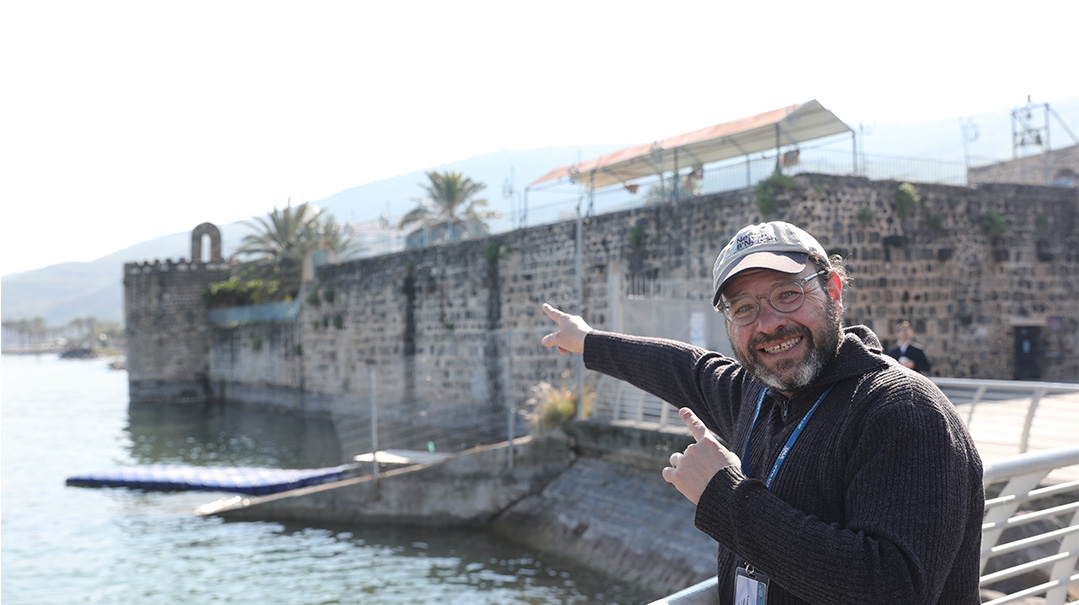Bread Upon the Waters

If two days of Purim isn’t enough for you to start loving Teveria, you’re in luck. There’s a third day, and for the really frum, even a fourth day of Purim here

For most people, a trip to Teveria is either a visit to the holy tombs of the tzaddikim or a swim in the Kinneret. But the sages knew that this lowest and most humble of Jewish-populated cities is also the gateway to Redemption. For thousands of years, they were here, hoping to greet Mashiach. Perhaps we’ll be the ones to do it instead.
Chevron, Tzfas, Jerusalem, and Teveria, known as the “four holy cities,” have always evoked feelings of awe and longing. The mystics also understood that they corresponded to the four physical elements of the world: earth, wind, fire, and water respectively. But not only: they understood that each of these physical elements corresponds to a spiritual element that sustains the world. The city of Teveria, which we’ll be touring today, is one of the lowest cities on earth, and the spiritual energy of Torah that it corresponds to — water — flows to the lowest and most humble of places. It is the wellspring of Torah throughout the generations whose sweet taste, like the Kinneret that it sits upon, is an elixir of life for our nation.
For most people, a trip to Teveria is either a visit to the holy tombs of the tzaddikim who rest there, or water sports, or a swim in the Kinneret. Yet this great city, which served as the center of Torah for millenia, also has a legacy of incredible mesirus nefesh and ahavas ha’aretz. And as our rabbis taught, the fact that it’s the lowest Jewish-populated city on earth and the symbol of the lowliness of our exile means that it will arise first as well, heralding in the times of Mashiach and Geulah.
Walled In
We approach Teveria from right outside the walls and towers that stand as a relic to the old city that once was. But “old city” is really a relative term. These walls were only built in the mid-1700s by Dahr El Omar, the Druze governor of the region then under the Ottoman Empire. (In American history, 200 years ago may be considered a long time. But for our 4,000-year-old country, it’s just yesterday — a drop in the Kinneret.) Dahr’s walls were built over the remains of the walls built by Suleiman the First (who humbly called himself the Magnificent), which he built around the same time that he built the Old City walls of Yerushalayim in the 1500s. Suleiman’s walls, which were demolished in a series of earthquakes that had destroyed the city, were themselves built on remains of Crusader-era — and even Roman-era — walls from centuries before. What is certain about all these walls, though, is that none of them existed in the times of Yehoshua Bin Nun when Bnei Yisrael first entered the Land. Teveria didn’t even exist back then. It was built toward the end of the period of the Second Beis Hamikdash by Antipas, the son of Herod the Great, and named after the Roman emperor Tiberius.
Oops! We could not locate your form.






